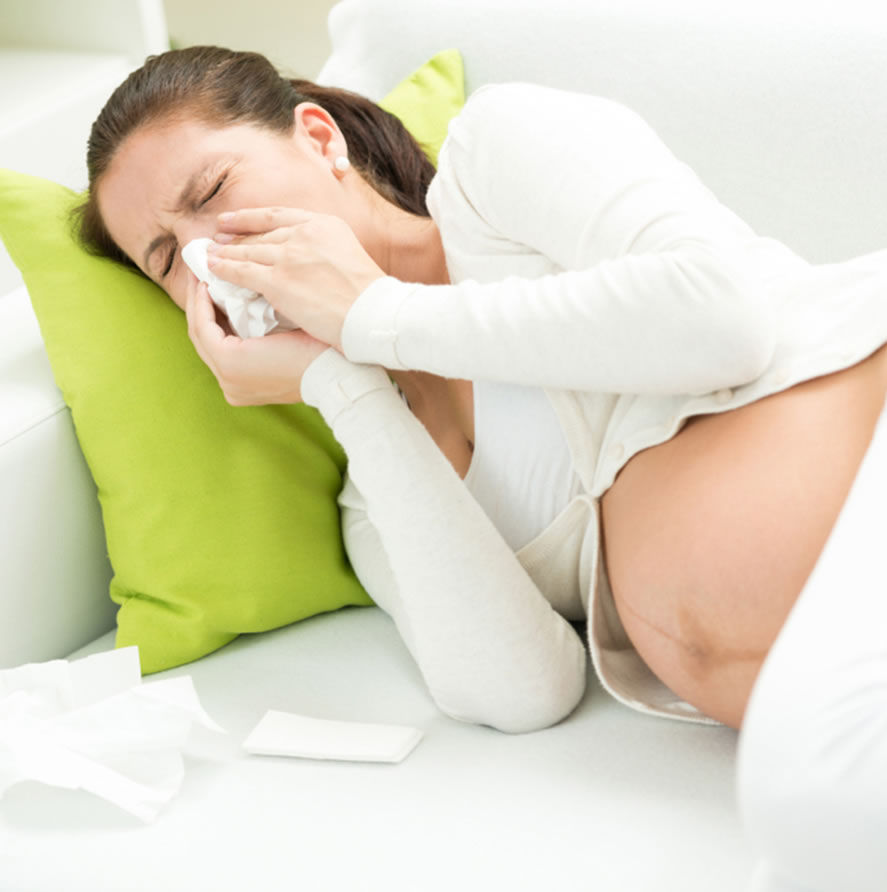
Pollen Count and Pollen Calendar

Pollen Forecast – 4th May 2017
(Data collated from The Met Office, Worcester University, NetWeather.TV)

The pollen count is measured according to the number of pollen grains per cubic metre of air. The pollen count forecast can help you to judge if your hay fever symptoms will be particularly severe on any given day. As a general guide, the pollen count tends to be lower on rainy days and higher when it’s hot and sunny.
Many hay fever sufferers start to experience symptoms when the count reaches ‘moderate’. Counts will be higher near to large sources of grass pollen including hay meadows.
There are two main types of pollen which affect hay fever sufferers in the UK – grass pollen and tree pollen. Tree pollen starts in February-March and peaks in May. Grass pollen appears between May and September and peaks during May and June. In addition, some sufferers are affected by weed pollen, which appears from the end of June to September. Check out the pollen calendar below.
Understanding which types of pollen you are allergic to can help you to plan your allergy management better.
Pollen from flowers is rarely a problem. Flowers are pollinated by bees and the pollen is usually too heavy to be blown around by the wind. However, plants, trees and flowers that are wind pollinated will cause problems and the male plant (or tree) is usually the main producer of pollen.

Practical Tips

Store Finder

Children & Allergies









